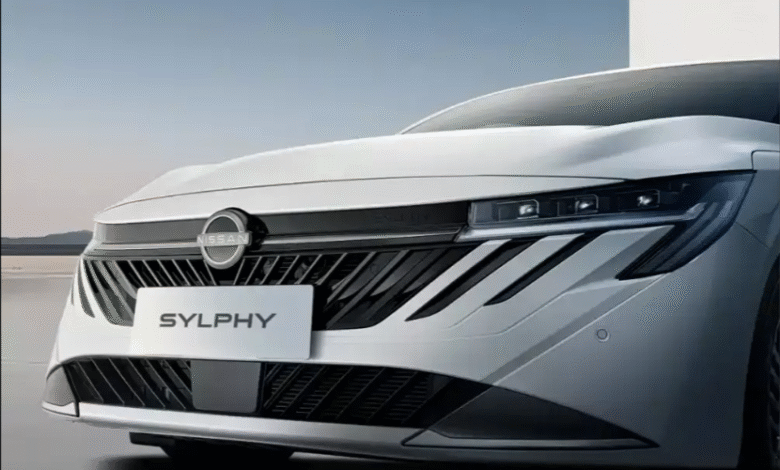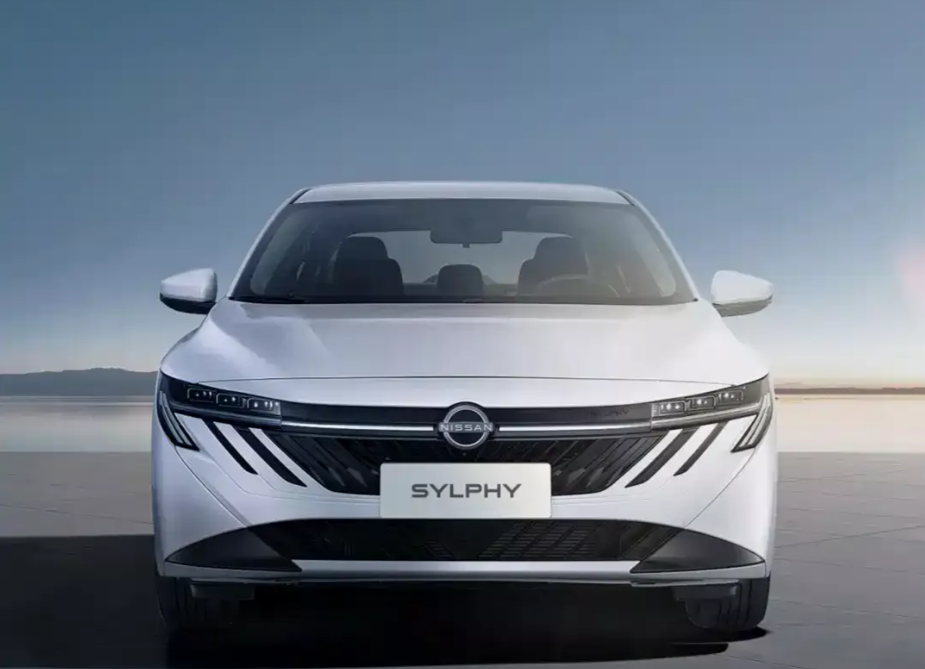2026 Nissan Sentra Preview: Sharper Design, Hybrid Potential, and Possible U.S. Production Shift

Nissan’s long-running compact sedan is about to enter a new era. What you’re looking at here is the Chinese-market 2026 Sylphy, the near-identical twin to the next-generation Nissan Sentra that will arrive in North America.
Thanks to teasers released earlier this year and recent prototype sightings in the U.S., it’s clear the Sylphy and Sentra will be virtually the same vehicle. While the official global debut is expected later this year — likely at the LA Auto Show in November 2025 — these early details give us a strong look at what’s coming for the 2026 or 2027 model year.
A Bolder Look with Modern Styling
A filing with China’s Ministry of Industry and Information Technology reveals a refreshed exterior for the Sylphy. Up front, a full-width LED light bar stretches across the nose, merging with slim headlights. Vertical daytime running lights beneath them resemble Peugeot’s “fang” design, though Nissan gives the idea a sharper, sportier execution.

The design shares elements with the Nissan Murano and the brand’s latest Chinese EVs such as the Nissan N7 sedan. It’s a look that feels modern and aligned with Nissan’s evolving global design language.
Dimensionally, the Sylphy grows slightly compared to today’s Sentra:
- Length: 4,656 mm (183.3 in)
- Width: 1,825 mm (71.9 in)
- Height: 1,448 mm (57 in)
- Wheelbase: 2,712 mm (106.7 in, unchanged)
That makes it a few millimeters longer and wider, promising a roomier cabin and a more planted stance. Still, with the same wheelbase and many design carryovers, this looks more like a heavy redesign on the existing platform rather than a full reboot — a cost-conscious strategy similar to Toyota’s approach with the new Camry.
Powertrain Options : From Gasoline to Hybrid
In China, the Sylphy continues with a 1.6-liter naturally aspirated four-cylinder making 135 hp (99 kW) and 117 lb-ft (159 Nm), paired to a CVT.
For North America, Nissan is expected to retain the current 2.0-liter four-cylinder (149 hp) as the base engine. But insiders suggest more options could be coming. The most likely candidates include:
- The 1.5-liter turbocharged three-cylinder from the Nissan Rogue, producing 201 hp.
- Nissan’s innovative e-Power hybrid system, which uses a gasoline engine as a generator for an electric drive motor.
If Nissan brings e-Power to the Sentra, it could transform the model into one of the most efficient sedans in its class — directly rivaling the Toyota Corolla Hybrid and Honda Civic Hybrid.
A Sedan Fighting for Relevance
With the Versa and Altima expected to bow out after 2025, the Sentra may soon become Nissan’s only sedan offering in North America. That raises the stakes for this redesign. It’s not just a facelift — it’s Nissan’s main weapon to remain competitive against segment leaders like the Toyota Corolla, Honda Civic, Mazda3, Hyundai Elantra, and the upcoming Kia K4.
Pricing is expected to remain close to today’s range, starting around $22,000 and topping out in the mid-$25,000s. With sharper styling, a slightly larger footprint, and the potential for hybrid technology, the 2026 Sentra is positioned to appeal to buyers still interested in sedans despite the SUV takeover.
Built in the USA?
One final twist: Nissan is reportedly considering moving Sentra production from Mexico to the United States. This shift could help Nissan cut costs, stabilize operations, and avoid the 25% tariffs still in place since the Trump era.
If confirmed, this would not only boost U.S. manufacturing jobs but also make the Sentra more attractive to buyers seeking vehicles built closer to home.
We liked the outgoing Sentra for its blend of comfort, efficiency, and value. If this next-gen model delivers sharper styling, hybrid efficiency, and competitive pricing, Nissan may finally elevate the Sentra back into the spotlight. And who knows — maybe it’s time for a comeback of the Sentra SE-R Spec V.




